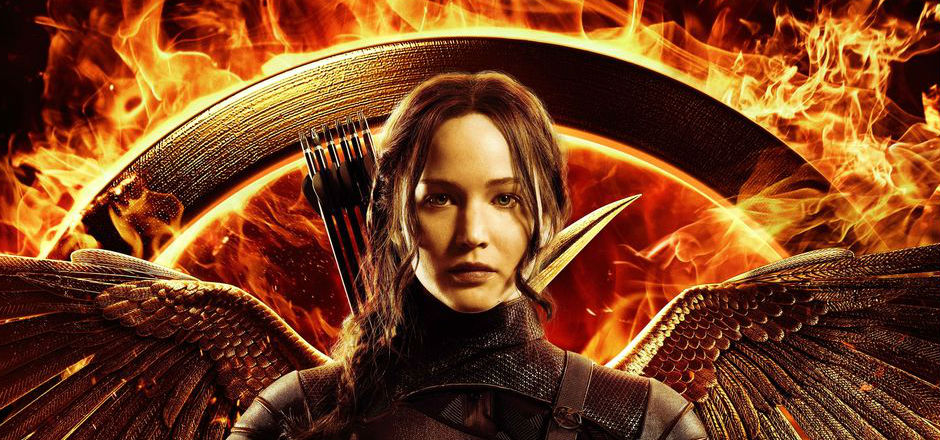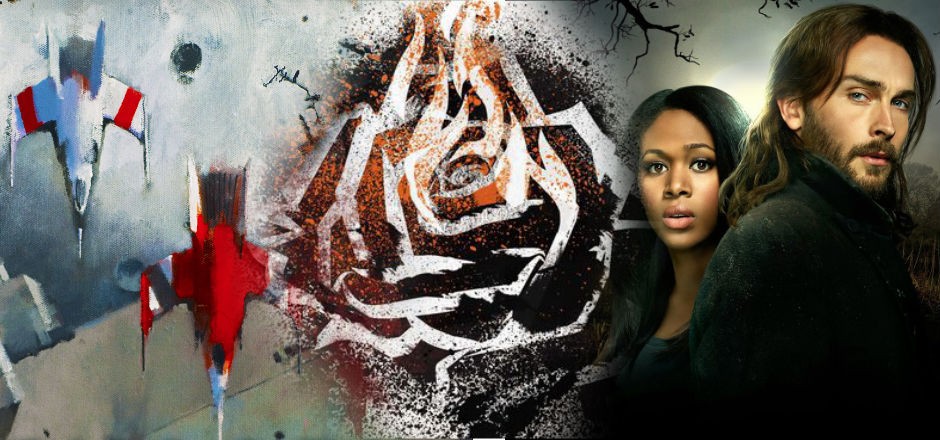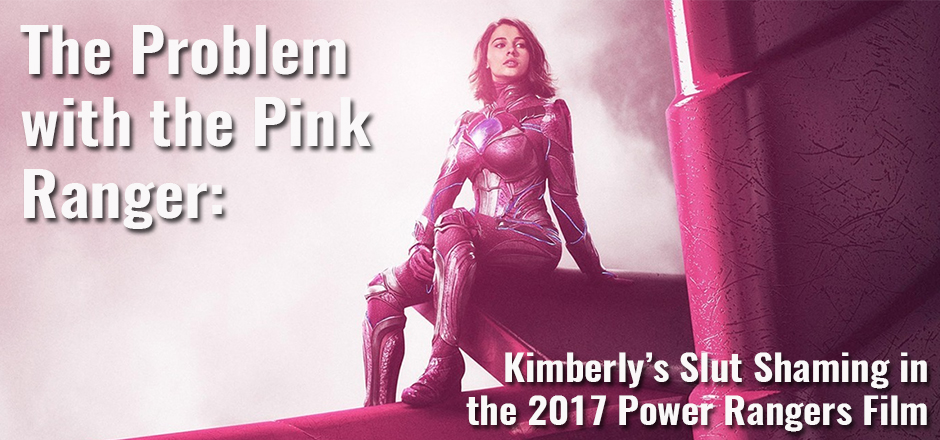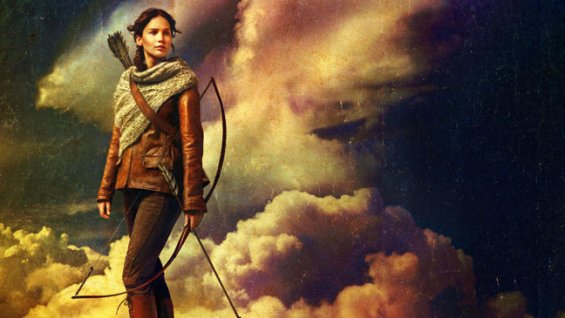 The Hunger Games, the franchise that ignited worldwide interest in YA dystopian stories in both paper and film, ended its movie run last November with Mockingjay Part II. What started as a box office phenomenon and unexpected critical darling with its action-packed and exciting first two installments ultimately fizzled out in the form of the slower, more introspective climax of the two-part Mockingjay adaptation.
The Hunger Games, the franchise that ignited worldwide interest in YA dystopian stories in both paper and film, ended its movie run last November with Mockingjay Part II. What started as a box office phenomenon and unexpected critical darling with its action-packed and exciting first two installments ultimately fizzled out in the form of the slower, more introspective climax of the two-part Mockingjay adaptation.
Box office returns were nowhere near the levels of what The Hunger Games and Catching Fire had garnered, fans of the movies were either disappointed or disinterested in this last installment, and critics almost universally shrugged their shoulders in indifference at the ending of the series.
The Hunger Games ended not with a bang, but with a whimper. While most people think that was the result of overexposure to a series that had already overstayed its welcome – or even the result of a narrative that found it difficult to reach a conclusion – I would argue that the effect of the last two film adaptations of Mockingjay was very much intended. Contrary to what has become a staple in the dystopian genre concerning the celebration of war and revolutionary militias as a weapon against evil, Mockingjay took an unexpected and oppositional route in the way it showcased their use in the story of the fight for Panem and the effect they had on Katniss.
[blocktext align=”left”]The Hunger Games ended not with a bang, but with a whimper. [/blocktext]War and the military are irrevocably and inextricably fused to the very foundation of the contemporary dystopian genre. Fighting fire with fire in the shape of war has become a staple of dystopian stories, and an action-packed, heart-pounding battle is the classic and much-expected climax to a series about revolution. The strength of a government manifests physically in the shape of its military, a force that’s always abused to repress the freedom of a seemingly helpless population in dystopian stories.
The answer from that repressed population – where the protagonists can always be found – is in the formation of a less-organized but well-intentioned militia of their own. It’s the basic mechanics of war and revolution, and also the typical road most dystopian novels and films take. It shows revolution as a righteous move against oppression, which will be led into victory by a mighty cause that will make every sacrifice worthwhile. Mockingjay has all that as well, but contrary to the norm, that was never the point of the story.
Yes, the books and the movies move forward on the premise of an evil, oppressive government that brutalizes its citizens to keep them helpless and compliant, and an opposing voice that ignites the power of a revolution. But this series – and Mockingjay in particular – was meant to focus on the effect that war and revolution has on the human spirit. Mockingjay certainly has a slower pace, a focus on moments of quiet contemplation, and a more introspective tone than its predecessors. This seems at odds with the theater of war in the background, but that’s because Mockingjay, as the climax of a series based on conflict, blood, and militant forces, is an indictment of war instead of a celebration of it.
While the series certainly makes a point against oppression and the need for militant revolution in desperate times, the spotlight on Katniss’s unraveling emotions and the decay of her psyche is meant to convey that war is a hell where no one truly wins. Regardless of the side you’re fighting for, the truth that guides the conflict, and the bravery one might display through it all, everyone loses in war, especially the individual as opposed to the military collective.
[blocktext align=”right”]Regardless of the side you’re fighting for, the truth that guides the conflict, and the bravery one might display through it all, everyone loses in war, especially the individual as opposed to the military collective.[/blocktext]Katniss believed in the fight against The Capitol and President Snow, but every image of death and devastation took a toll on her. Every lost friend, companion, and stranger didn’t immediately become an inspiring symbol of sacrifice for what’s right in order for Katniss to move forward; on the contrary, it blew another irreparable hole in the fabric of who she was. The “right side” may have won the war, the military of the oppressed as a collective took a joyous victory in the end, but a closer look saw the individuals broken beyond repair at their core.
Katniss didn’t face her ultimate foe with the unbreakable strength and righteous bravery of a war leader for the “good guys.” At that point, she was too broken and disappointed to believe in sides and definitive truths, and instead she did what she thought was right.
The military is seen as a cohesive whole, but it is made up of individuals that can and will face the brutalities of war alone. And that leaves a scar that does not fade away in the glow of victory or the metaphorical light of fighting for what’s right.
The Hunger Games was always the story of Katniss Everdeen the individual, a single human being that found herself in a position she never wanted and was forced to bear the brunt of a war she wanted no part of. Katniss moved forward to do what was right, but that didn’t lessen the strength of each brutal blow – it didn’t cast each sacrifice and loss in a positive light, and it often had Katniss wondering if it was all worth it, if there is such a thing as a purely good end worth losing everything for. In fact, the ominous presence and ultimate actions of President Coin in Mockingjay deliver the frightening message that even doing the right thing can be tarnished and corrupted, and that there is no such thing as a clear, definitive line between good and evil, especially in war and when one wields the power of a military force.
So yes, the pace of The Hunger Games certainly took a plunge towards the end, but I’m more than willing to believe that was wholly intentional – and was ultimately lost on most readers and viewers. The final images of Mockingjay Part II show not a legendary war hero recollecting the glory of the victory of good and righteousness, but a broken person who years later, despite new and beautiful things to live for, still bears the weight of the horrors she witnessed, the sacrifices she made, and the people that were lost. It shows a human being who can never rid herself of the pain and memories of a war that will always torment her and continue to shape her as she attempts to pick up the pieces and move forward with life.
Mockingjay ends, not with the loud and joyous triumph of good over evil, but the quiet whisper of a limping hope that’s barely breathing and hurt beyond repair, but still blessedly and cursedly alive in the aftermath of war.
—
Lorraine Acevedo Franqui writes for Girls in Capes from Puerto Rico and holds degrees in English Literature and Psychology. Her main interests are young adult lit, anything related to The Legend of Zelda and Kingdom Hearts, assorted shounen mangas and cats.
Read more from Lorraine on The Hunger Games as a depiction of America in YA dystopia.





